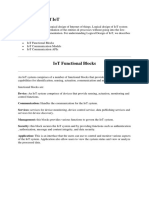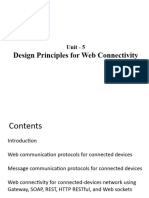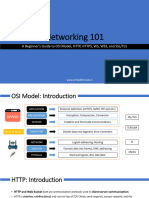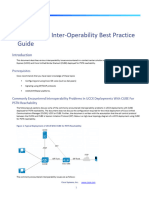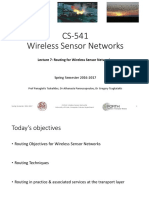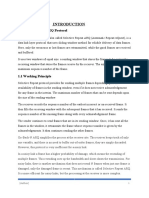0% found this document useful (0 votes)
15 views5 pagesWeb Sockets
WebSockets enable real-time features by establishing a two-way connection between client and server, allowing for low-latency communication. Unlike REST APIs, which rely on a request-response model and can cause delays and server stress, WebSockets allow the server to push messages directly to connected clients. While easier to set up, REST APIs cannot initiate conversations, making WebSockets a better choice for applications requiring instant updates, such as online games or chat applications.
Uploaded by
justinsthomas2020Copyright
© © All Rights Reserved
We take content rights seriously. If you suspect this is your content, claim it here.
Available Formats
Download as DOCX, PDF, TXT or read online on Scribd
0% found this document useful (0 votes)
15 views5 pagesWeb Sockets
WebSockets enable real-time features by establishing a two-way connection between client and server, allowing for low-latency communication. Unlike REST APIs, which rely on a request-response model and can cause delays and server stress, WebSockets allow the server to push messages directly to connected clients. While easier to set up, REST APIs cannot initiate conversations, making WebSockets a better choice for applications requiring instant updates, such as online games or chat applications.
Uploaded by
justinsthomas2020Copyright
© © All Rights Reserved
We take content rights seriously. If you suspect this is your content, claim it here.
Available Formats
Download as DOCX, PDF, TXT or read online on Scribd
/ 5



































